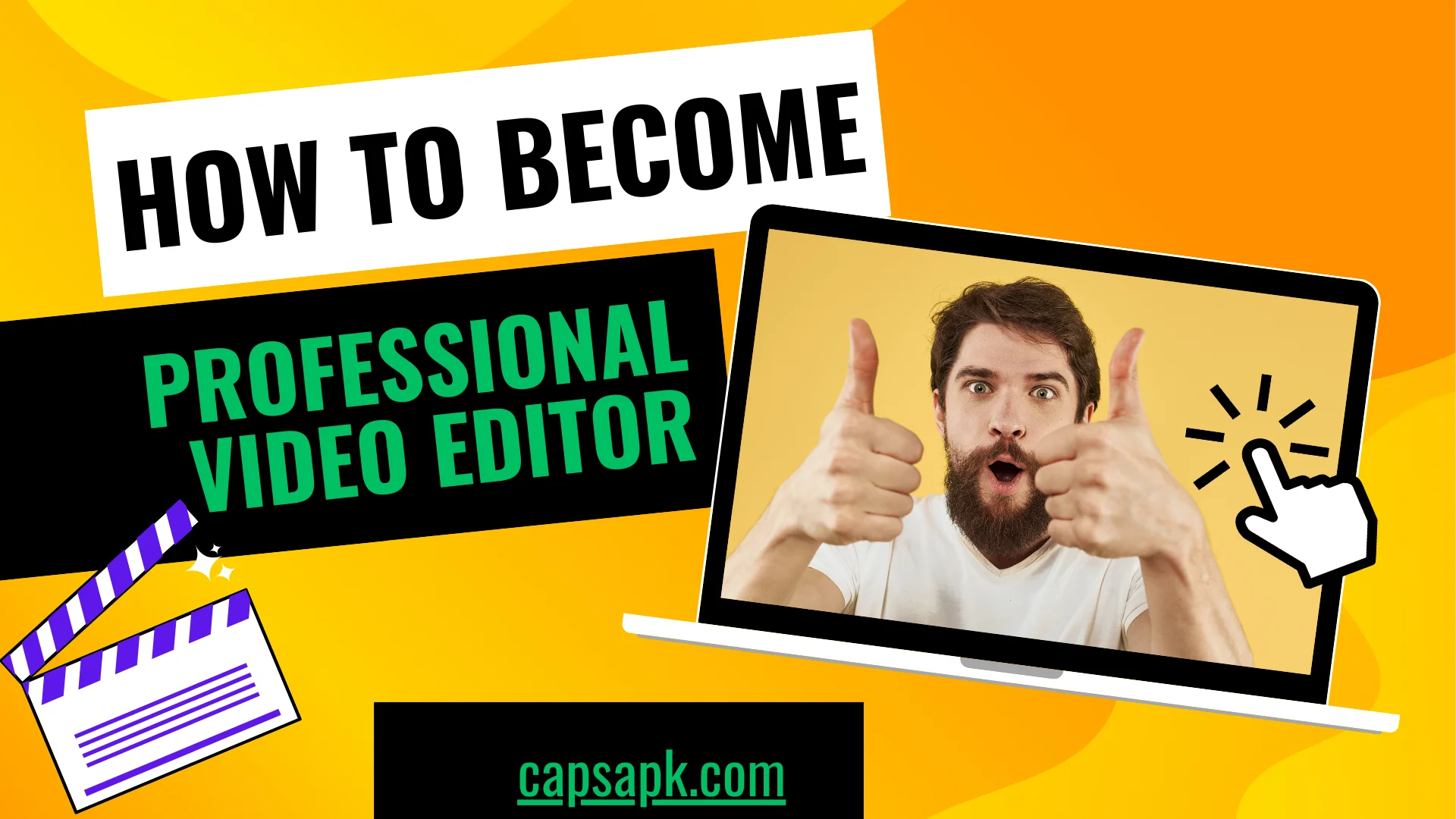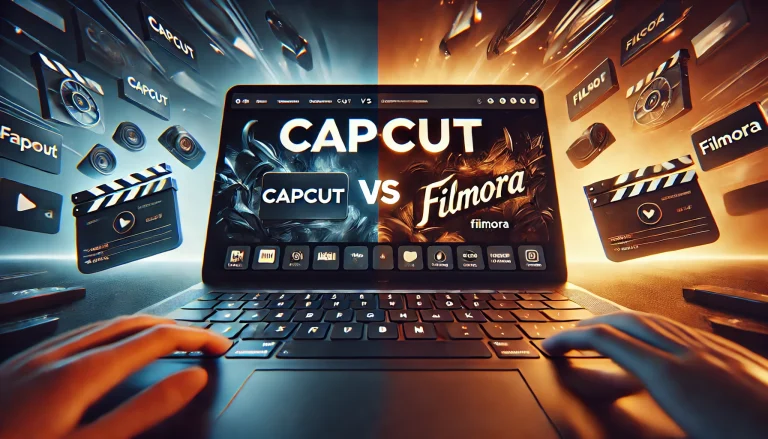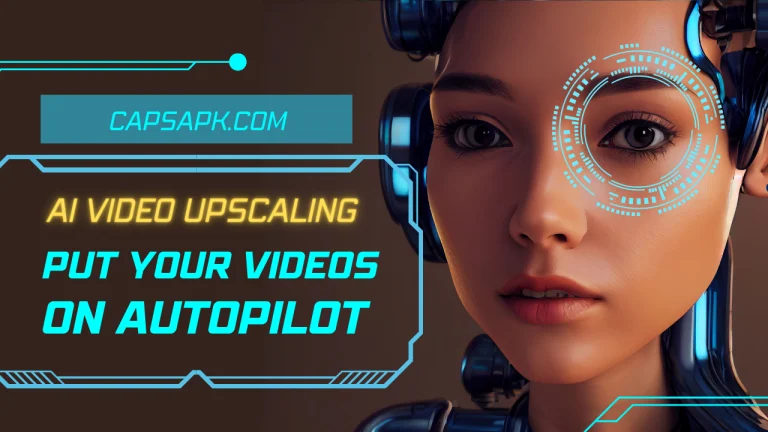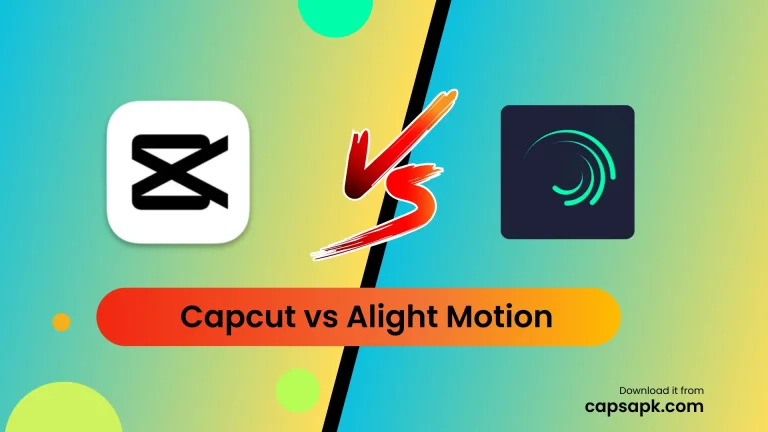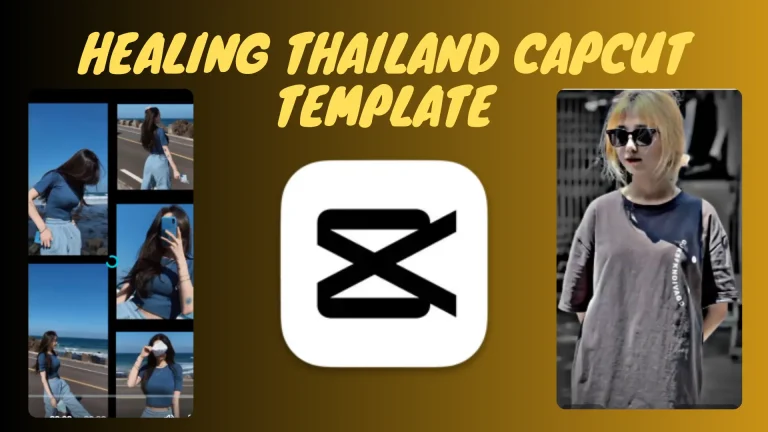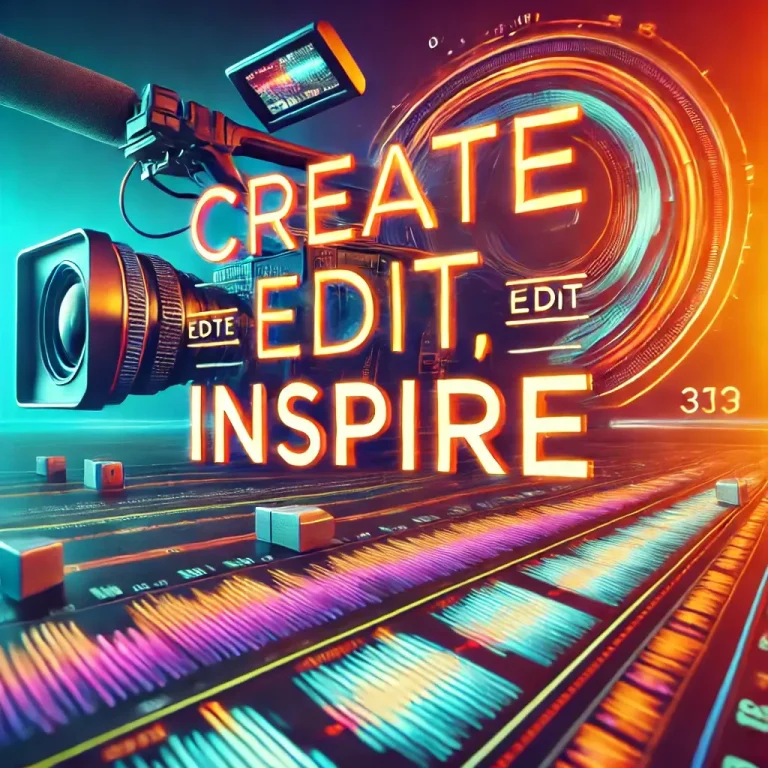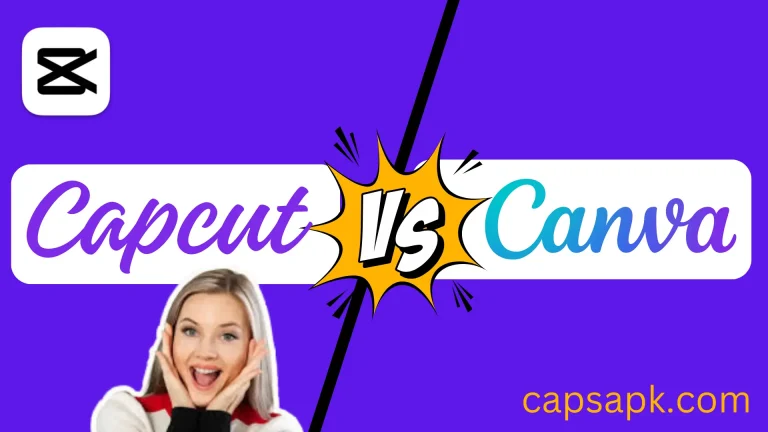Professional Video Editor: Achieve Your Dream in 2024
In today’s fast-paced digital world, video content is king. Whether on social media, TV, or the big screen, video storytelling is an essential medium for businesses, creators, and brands. Behind every successful video, a skilled editor brings the footage to life.
Becoming a professional video editor is a rewarding career that blends creativity, technical skill, and a keen eye for detail. So, how do you go from being a beginner to a pro in this field? Let’s dive into the essential steps for becoming a professional video editor.
Learn the Basics of Video Editing Software
The first step to becoming a professional video editor is mastering the tools of the trade. It’s an exciting journey to explore the various video editing software programs on the market, each with its unique features and learning curve. Some of the most popular software used by professionals include.
Adobe Premiere Pro
Known for its versatility and integration with Adobe’s Creative Cloud suite, Premiere Pro is widely used by amateurs and professional video editors.
Final Cut Pro
A favorite among Mac users, Final Cut Pro offers an intuitive interface and powerful editing capabilities.
DaVinci Resolve
Besides being a video editing tool, DaVinci Resolve shines in color correction and grading, making it ideal for high-end film production.
Avid Media Composer
Avid Media Composer is a standard for many Hollywood studios. It is often used in large-scale film and TV production. Start with one of these programs and explore all the available features.
Online tutorials, courses, and YouTube videos are great resources for familiarizing yourself with the software’s interface and tools. Practice editing simple projects to build your confidence and speed as you learn. and can become a professional video editor.
Develop a Strong Sense of Storytelling
Video editing is fundamentally about storytelling. It’s not just about assembling clips—it’s about creating a narrative, establishing a tone, and evoking emotions in the audience. If you want to become a professional video editor, it’s crucial to understand how stories are structured deeply.
This process should inspire your creativity and fuel your passion for storytelling. Analyze films, TV shows, commercials, and online videos. Pay attention to how the pacing changes based on the content, how transitions are used, and how different shots are combined to maintain the audience’s engagement. Understanding timing, rhythm, and narrative flow will help you develop an editing style that enhances storytelling.
Get Hands-On Experience
Becoming proficient at video editing requires practice—lots of it. It would be best to get hands-on with different projects to expand your skills and knowledge. Here are a few ways to gain practical experience:
Personal Projects
Start with personal or hobby projects. You can create short films, edit vacation footage, or make highlight reels of events. These are just a few examples of the projects you can start with. The more practice you get, the faster you’ll improve.
Freelance Work
Platforms like Fiverr and Upwork offer opportunities for beginners to take on small projects, such as editing YouTube videos, wedding footage, or promotional videos. Freelancing is a great way to build a portfolio and gain real-world experience.
Internships and Volunteering
Interning with a video production company or offering volunteer services to local businesses, non-profits, or schools will expose you to professional environments. You’ll also learn to work with clients, deadlines, and project constraints.
Collaborate with Creators
Find filmmakers, content creators, or local businesses that need editing services. Collaborative projects will help you learn to work in a team, get feedback, and develop your editing techniques.
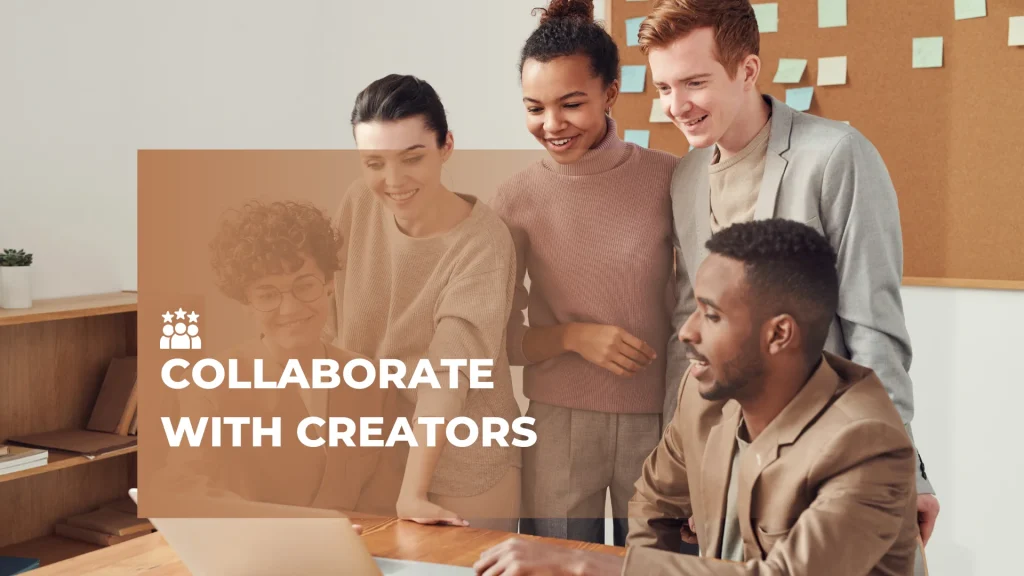
Understand the Technical Side of Video Editing
Professional video editors need to have a solid grasp of the technical aspects of editing. This includes understanding:
Formats and Codecs
Different projects require different video formats and codecs for optimal quality and compatibility. Knowing when to use formats like MP4, MOV, or AVI is essential.
Frame Rates and Resolution
Frame rates (like 24 fps, 30 fps, or 60 fps) and video resolutions (1080p, 4K, etc.) play a significant role in the final quality of your video. You should know how to adjust and optimize these settings based on your project.
Audio Syncing and Mixing
Syncing audio with video and balancing sound levels are vital parts of editing. Understanding how to work with voiceovers, background music, and sound effects is essential to delivering a polished final product.
Color Correction and Grading
Once the edit is locked, color correction and grading bring the final touches to the project. You’ll need to know how to adjust exposure and color balance to achieve a cinematic look.
Stay Up to Date with Industry Trends and Tools
Video editing is an ever-evolving field. Professional editors must stay updated with industry developments to remain competitive.
Follow Trends
Keep an eye on the latest trends in video editing. Platforms like YouTube, Instagram, and TikTok often lead the way, quickly gaining popularity with creative effects and transitions. Staying current with these trends ensures your work remains fresh and relevant.
Experiment with New Tools
As software updates and new tools are released, experiment with them to see how they can improve your editing workflow. Programs like After Effects (for motion graphics) or Audition (for sound editing) can add extra layers of creativity to your projects.
Join Professional Communities
Engage with other editors in online forums, workshops, and video editing communities to stay informed about new techniques and software, receive feedback, and collaborate. Build a Portfolio and Market Yourself
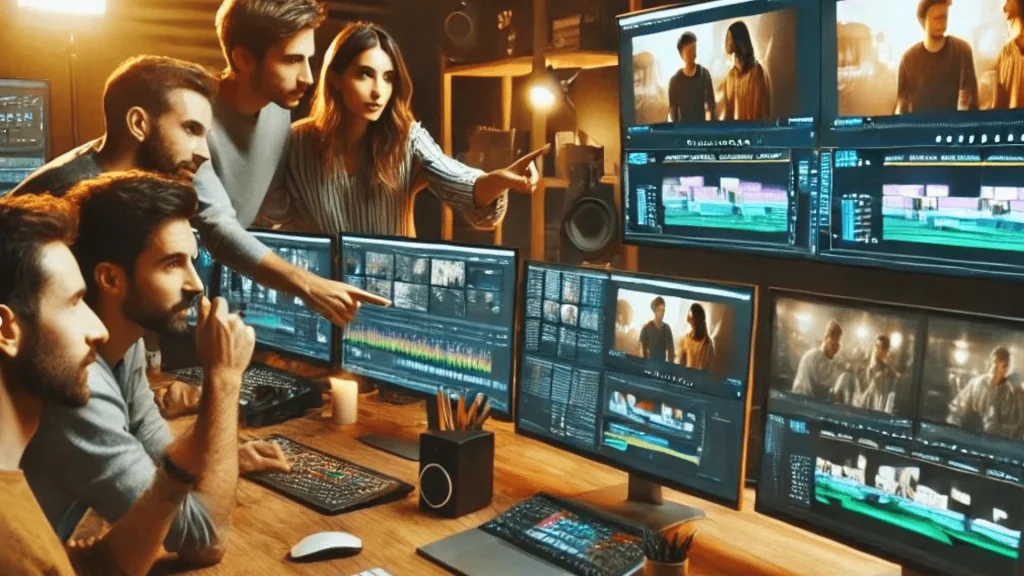
Once you’ve honed your skills and gathered experience, it’s time to market yourself as a professional video editor. A solid portfolio is crucial in showcasing your abilities to potential clients or employers. Here’s how to build one effectively:
Create a Showreel
A showreel is a short video compilation of your best work. It should highlight your editing style, technical skills, and creativity. Keep it under two minutes and include a variety of projects to show your versatility.
Set Up a Website or Social Media Presence
Build a personal website or create social media profiles to showcase your work. Include a professional bio, portfolio, and contact information. A well-designed website or active social media profile can help you attract clients and network with industry professionals.
Network and Reach Out to Clients
Building a career in video editing involves networking. Attend industry events, connect with creators and filmmakers, and offer services. Word-of-mouth recommendations and a solid professional network are essential in landing freelance gigs or full-time positions.
Final Thoughts
Becoming a professional video editor takes time, dedication, and continuous learning. Mastering editing software, understanding storytelling, and gaining hands-on experience are the foundational steps toward a successful career.
By combining technical expertise with creativity and marketing your skills effectively, you can carve out a niche in the competitive video editing industry. Whether you’re working on a Hollywood blockbuster or creating content for YouTube, your editing will make the story shine.

